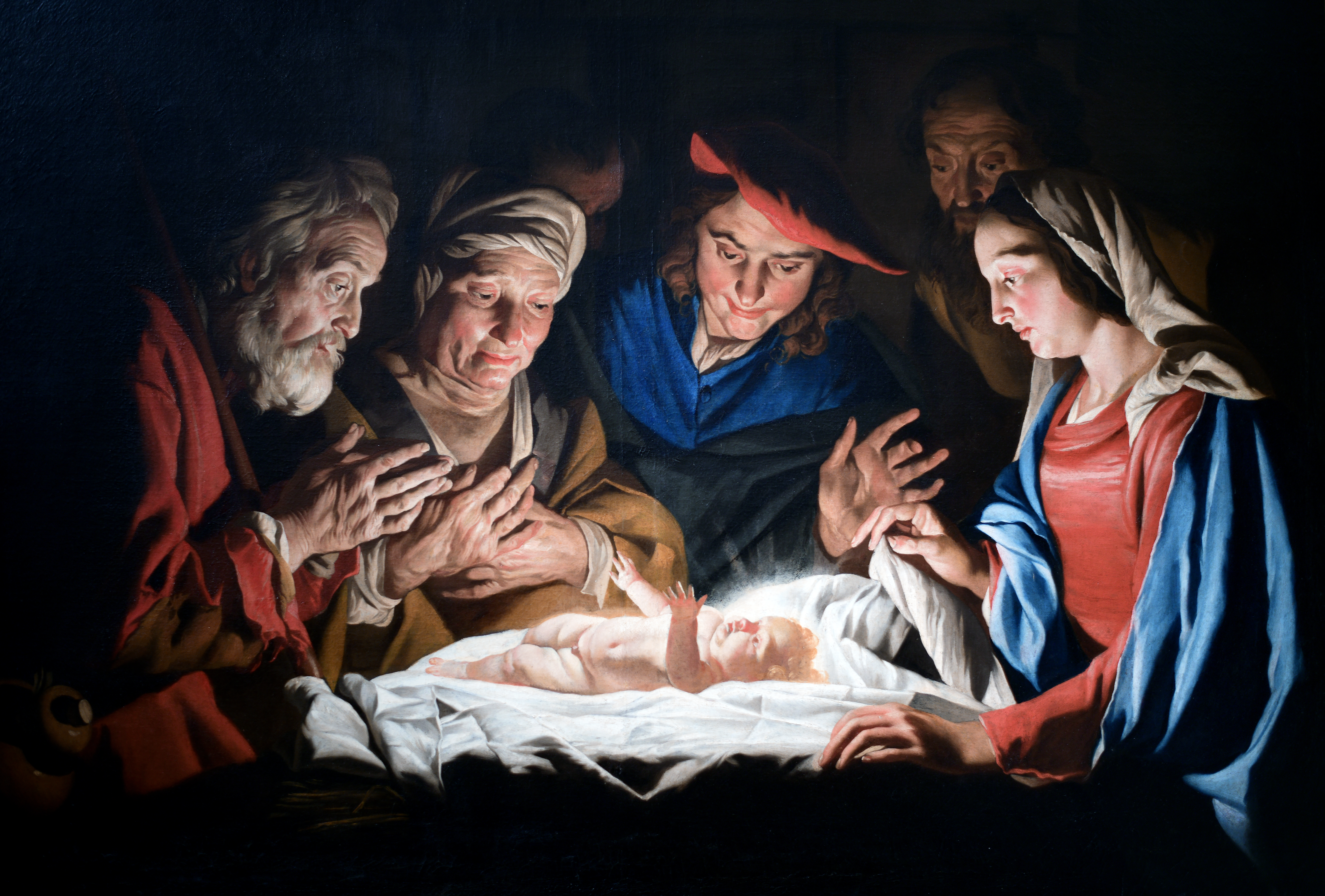|
BWV 40
(For this the Son of God appeared), 40, is a church cantata by Johann Sebastian Bach. He composed it in 1723, his first year in Leipzig, for the Second Day of Christmas, and first performed it on 26 December that year in both main churches, Thomaskirche and Nikolaikirche. It was the first Christmas cantata Bach composed for Leipzig. The title of the cantata also appears in more modern German as . The theme of the work is Jesus as the conqueror of the works of the devil, who is frequently mentioned as the serpent. The music is festively scored, using two horns, similar to Part IV of Bach's later ''Christmas Oratorio''. The text by an unknown poet is organised in eight movements, beginning with a choral movement on the biblical text, followed by a sequence of recitatives and arias which is structured as three stanzas from three different hymns. Only two of these hymns are Christmas carols. Bach used the opening chorus for the concluding in his 1738 '' Missa in F major'', BWV 233. ... [...More Info...] [...Related Items...] OR: [Wikipedia] [Google] [Baidu] [Amazon] |
Christmas Cantata
A Christmas cantata or Nativity cantata is a cantata, music for voice or voices in several movements, for Christmas. The importance of the feast inspired many composers to write cantatas for the occasion, some designed to be performed in church services, others for concert or secular celebration. The Christmas story, telling of music of the angels and suggesting music of the shepherds and cradle song, invited musical treatment. The term is called in German, and in French. Christmas cantatas have been written on texts in several other languages, such as Czech, Italian, Romanian, and Spanish. Christmas cantata can also mean the performance of the music. Many choirs have a tradition of an annual Christmas cantata. Theme Different from Christmas oratorios, which present the Christmas story, Christmas cantatas deal with aspects of it. Bach's ''Christmas Oratorio'', written for performance in Leipzig in 1734/1735 touches many of these themes. It consists of six parts, each part is a ... [...More Info...] [...Related Items...] OR: [Wikipedia] [Google] [Baidu] [Amazon] |
Christmas 2)
Christmas is an annual festival commemorating the birth of Jesus Christ, observed primarily on December 25 as a religious and cultural celebration among billions of people around the world. A liturgical feast central to Christianity, Christmas preparation begins on the First Sunday of Advent and it is followed by Christmastide, which historically in the West lasts twelve days and culminates on Twelfth Night. Christmas Day is a public holiday in many countries, is observed religiously by a majority of Christians, as well as celebrated culturally by many non-Christians, and forms an integral part of the annual holiday season. The traditional Christmas narrative recounted in the New Testament, known as the Nativity of Jesus, says that Jesus was born in Bethlehem, in accordance with messianic prophecies. When Joseph and Mary arrived in the city, the inn had no room, and so they were offered a stable where the Christ Child was soon born, with angels proclaiming this news to ... [...More Info...] [...Related Items...] OR: [Wikipedia] [Google] [Baidu] [Amazon] |

